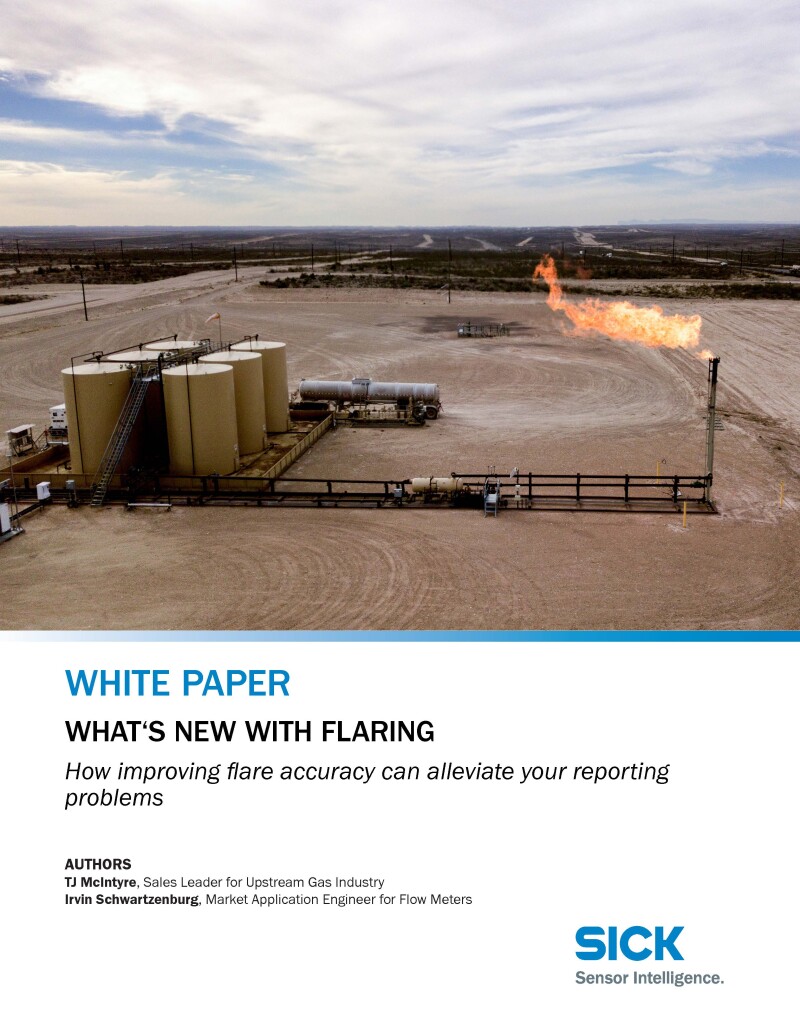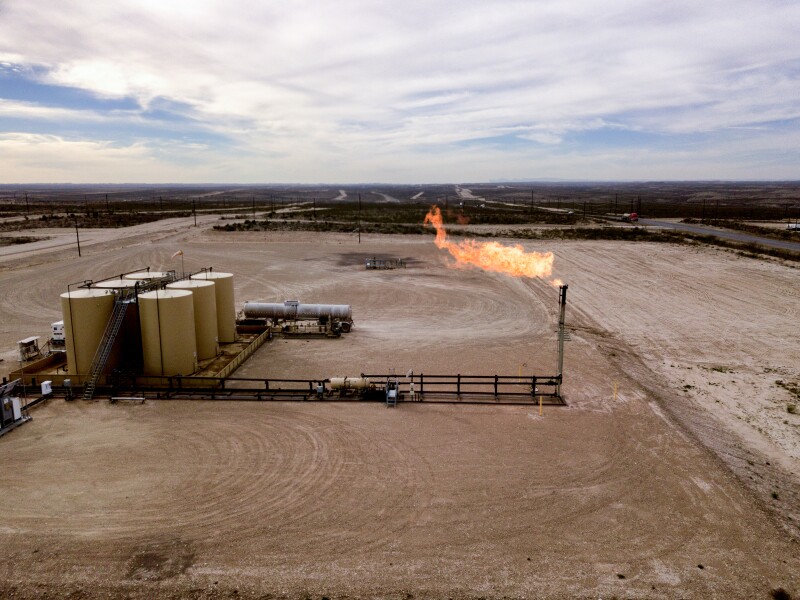Without exception, all industries are facing major challenges due to the volatile business environment in which we’ve all been operating since 2020. The energy industry is certainly no exception and may, arguably, perfectly characterize a “VUCA” industry (which stands for volatile, uncertain, complex, and ambiguous). These companies, vital to our national security, operate in a business environment of wildly fluctuating product prices, escalating raw material costs, supply chain barriers, and an exodus of experienced personnel.
Flare gas measurement is subject to national and regional environmental regulations and is used for the assessment of environmental taxes and determining the quantity of hydrocarbons and other hazardous gases. This measurement has been of high interest for decades for large chemical and petrochemical facility operators because of the larger volumes and the more complex gas emissions mixtures potential during an upset from petrochemical plants.
Download the white paper to learn more about what’s new with flaring.


When you submit the form, a download link for the white paper will be emailed to the address that you provide.
The information at right will be provided to SICK Sensor Intelligence. reflecting your interest in this topic. By providing contact information, you are agreeing that SICK Sensor Intelligence. can contact you. SPE will not use this information for any other purpose.



